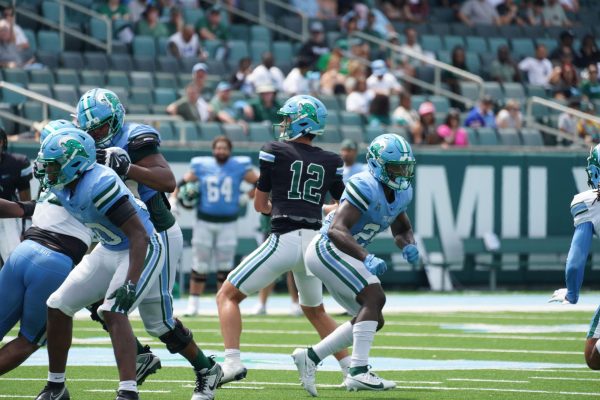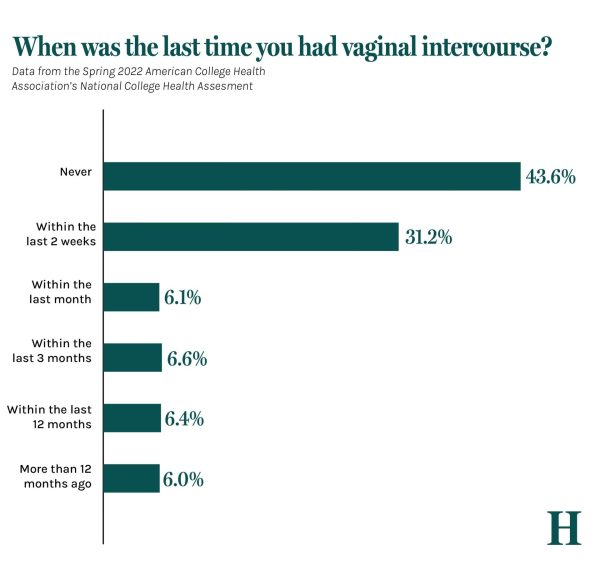No headline provided

September 3, 2010
Before you go to the expense of purchasing a digital camera, youmay want to familiarize yourself with the types of digital camerasand some of the specifications. Many professional photographers usespecific digital cameras depending on the type of pictures theywant to take.
The different types of digital cameras include:
* Subcompact point-and-shoot. The most inexpensive lightweightcamera. The drawback is that subcompact cameras do not offer manyextra features.
* Compact point-and-shoot. A little heavier than subcompacts butsmall enough to carry in a backpack or purse. This may be a goodcamera for the budding photographer, although this type fails tooffer a wide range of manual features.
* Superzoom. Heavier than a compact point-and-shoot, but boastsa long zoom range of 10x or more. This may be a great camera forsomeone who wants to graduate from a point-and-shoot type and delveinto more advanced manual controls used by professionals withouthaving to deal with changing out the lenses on a more advancedsingle lens reflex (SLR) camera. These types of cameras are evenused in professionalphotography degree programs to help students learn what theprofessionals use.
* Single Lens Reflex (SLR). For the more advanced professionalphotographers. With SLRs, you have the ability to change outlenses and obtain the best in camera features. The downside is thatSLRs are quite heavy, and you have to carry around the lenses,too.
The list of some of the specifications you should learn aboutbefore choosing your digital camera includes:
* Megapixels – dots or pixels that make up a digital picture.The calculation is 1 million pixels equals one megapixel. In termsof quality: five megapixels is what a basic camera offers, six toeight megapixels is considered quality camera resolution, andeight-plus megapixels is professional.
* Optical zoom – zoom capability. A camera with an optical zoomof six to 10 is considered good quality.
* Digital zoom – an automatic feature in which the camera cropsthe picture before it is taken. What to look for with digital zoomis the ability to override the function because digital zoomsometimes hinders the photographer from taking a quality photo.
* Aperture – the size of the lens opening for low lightsituations. Aperture will be measured by “F” or “F-stops.” As arule, the lower the number the more light gets in. If you arelooking for a standard to go by, “F 2.6” is great for low lightsituations for 35 mm wide angle. Double the number for zoom.
* Shutter speed – the amount of time the shutter remains openwhen taking a photograph. This will affect focus and how long youhave to wait to take your next shot.
Don’t forget about picture storage and batteries because you’llneed plenty of backup. Batteries are important because the morefeatures on the camera, the more power it needs. If you’re on adigital camera budget, batteries should be figured into the priceof the camera, as they can be quite expensive.
In addition, USB interfaces are necessary for loading yourpictures from the camera to the computer. You may want to look atthe speed or time that the download will take.
Other automatic features, such as autofocus, are features youmay feel you need. However, consider the ability to manuallyoverride these, especially if you are looking to explore yourcreativity in professionalphotography.
Once you decide on the type of camera with the specificationsthat you want, it is a good idea to use the Internet to checkconsumer reports on a few cameras. Then, go to the retailer to testa few of your choices before making a final decision. You’ll wantto make sure that you’re comfortable using your new camera.
Information in this article was provided by Harrington Collegeof Design. Contact Harrington College of Design today if you’reinterested in developing marketable knowledge and career-relevantskills with an industry-current degree program. (Harrington Collegeof Design does not guarantee employment or salary.)
Courtesy of ARAcontent





















Leave a Comment